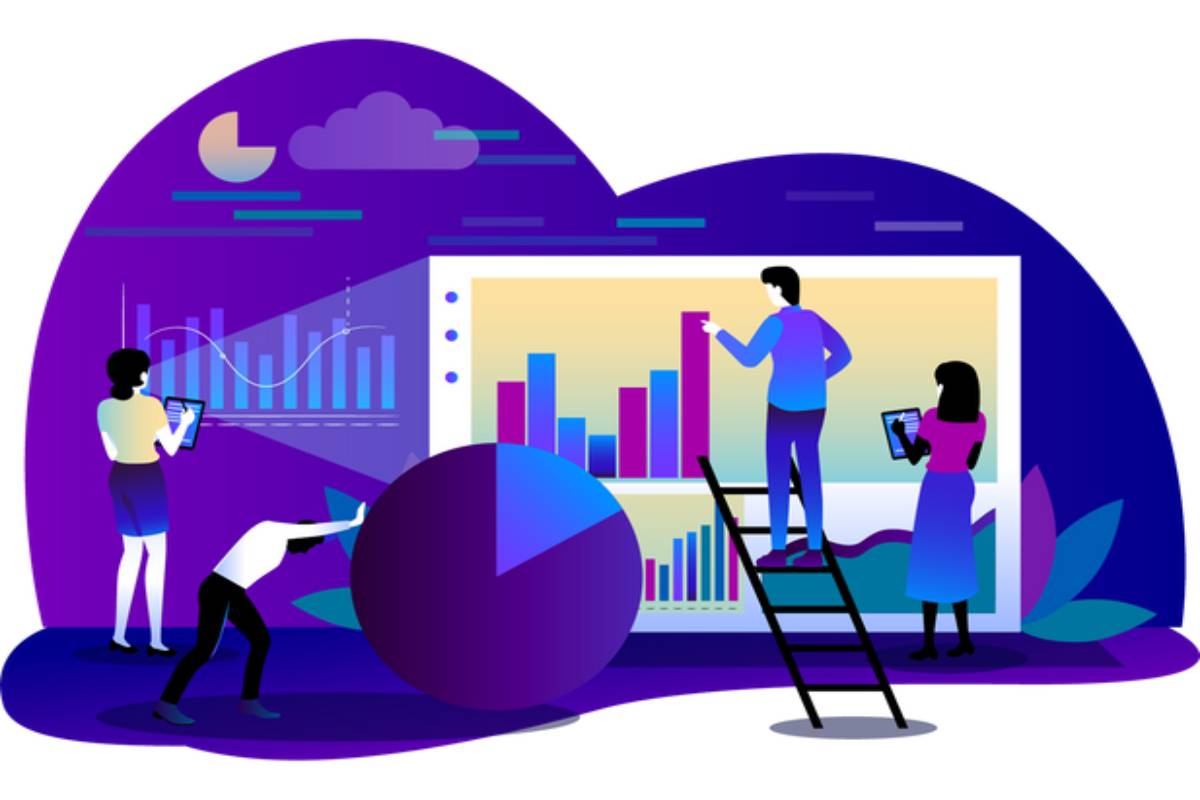Table of Contents
Affinity Data Definition
Affinity data, let’s say we take pin boards full of DIY ideas, a few crafting blogs that we frequent, and the email account connected to several crafting stores in our area.
On the weekends, we check in at our favorite craft fair using Facebook, and occasionally we Google new places to buy craft supplies.
The way interacts with websites, and social communications (including email) provides affinity data.
In short, the “database of affinity” is the expansive portfolio of individuals’ likes and dislikes based on what they interact it.
The affinity data that you produce from all the characteristics listed reveals that, dang, we like crafts.
Unlike search intent, affinity is the long-term measurement. The idea is that we like something now. And chances are we are still going to like it in the year and two. It’s a measurement of emotional attachment.
What is the Upcoming is near in Affinity Data?
- Who leading the affinity marketing revolution? Why, none other than Google, of course. Removing keywords is step one.
- It’s integrating the new data is very likely to step two. We can already see the baby steps of the movement in Google’s integration of +1 data into search results.
- But it’s going to much more extensive. Right now, affinity data is pretty much inaccessible. We take the data, but not any way to translate it into valuable information.
- However, soon we see companies emerging to take on breaking down the raw information into meaningful statistics.
- And checked in at the local YMCA and regularly receiving emails from the pool-building company.
- Also, considering affinity, our results might show extra outdoor and even water-based games.

